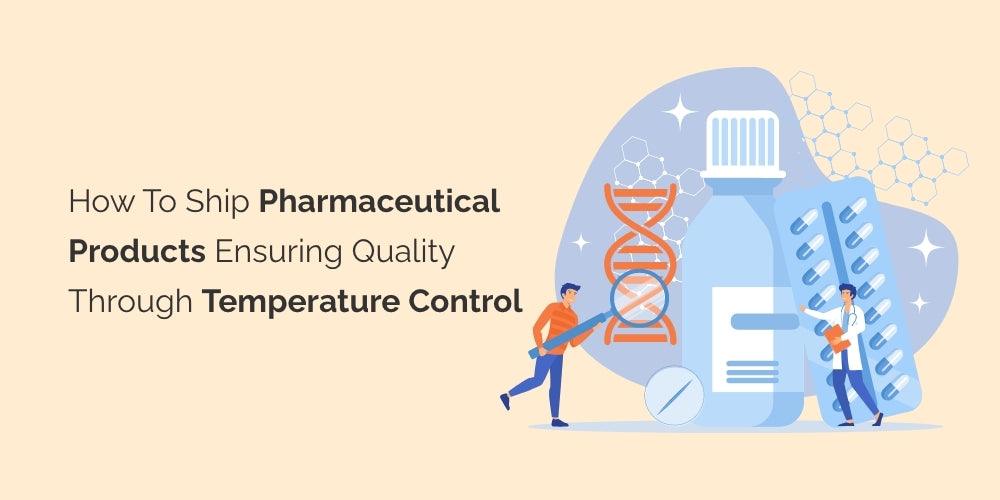Pharmaceutical products are essential for maintaining public health and well-being. As a result, these products must be transported safely and effectively to ensure their quality and efficacy. To cart these products successfully, it is important to maintain proper temperature control throughout the entire shipping process. In this blog, we will explore the importance of temperature control in the shipment of pharmaceutical products, including the proper temperature for pharmaceuticals, the need for monitoring both high and low temperatures, and the benefits of real-time temperature monitoring.
What is the Proper Temperature for Pharma?
Pharmaceutical products are sensitive to temperature and can be easily damaged if exposed to extreme temperatures for extended periods. The ideal temperature range for most pharmaceuticals is between 15°C and 25°C (59°F to 77°F). However, some products may have more specific temperature requirements and need to be stored at colder or warmer temperatures. It is important to check the label on the product or consult with the manufacturer to determine the proper storage temperature for each product.
High and Low Temps Must Be Monitored
To safeguard the potency and effectiveness of pharmaceutical products during transit, it's crucial to monitor temperature fluctuations using temperature and humidity sensors specialized for the pharma industry. High temperatures can cause the product to break down and become less effective, while low temperatures can cause the product to freeze, causing physical damage to the product. Both scenarios can result in product quality and efficacy loss, putting the patient's health at risk. It is important to monitor temperatures throughout the shipping process to ensure they remain within the proper temperature range.
Benefits of Real-Time Temperature Monitoring for Pharmaceuticals
One of the best ways to ensure proper temperature control during the shipment of pharmaceutical products is by using real-time temperature monitoring. Real-time temperature monitoring provides several benefits, including:
Improved product quality: By monitoring temperatures in real-time, you can quickly identify and address any temperature excursions, ensuring that the product remains at the proper temperature throughout the entire shipping process. This helps to ensure that the product remains at its highest quality and efficacy, providing the best possible care for the patient.
Better supply chain management: Real-time temperature monitoring allows for better supply chain management, as you can track the temperature of the product throughout the entire shipping process. This information can be used to optimize the shipping process and make any necessary adjustments to ensure that the product remains at the proper temperature.
Increased efficiency: Real-time temperature monitoring can help improve the shipping process efficiency, as you can quickly identify and address any temperature-related issues.
The need for a remote temperature and humidity sensor is essential for efficient temperature monitoring in the shipping process, enabling the quick identification and resolution of temperature-related issues, reducing the risk of product damage and waste, ultimately saving time and money.
Enhanced patient safety: Real-time temperature monitoring helps ensure that the product remains at the proper temperature throughout the shipping process, providing the best possible care for the patient. This helps to enhance patient safety and reduce the risk of adverse reactions to the product.
In conclusion, proper temperature control is crucial for the shipment of pharmaceutical products. By maintaining the appropriate temperature, monitoring both high and low temperatures, and using real-time temperature monitoring, you can ensure that the product remains at its highest quality and efficacy, providing the best possible care for the patient.








